A city with its gates and towers
Like all medieval towns, old Feldkirch was surrounded by a ring of fortifications until the first half of the 19th century, consisting of a town wall, moat, town towers and town gates.
Like all medieval towns, old Feldkirch was surrounded by a ring of fortifications until the first half of the 19th century, consisting of a town wall, moat, town towers and town gates.
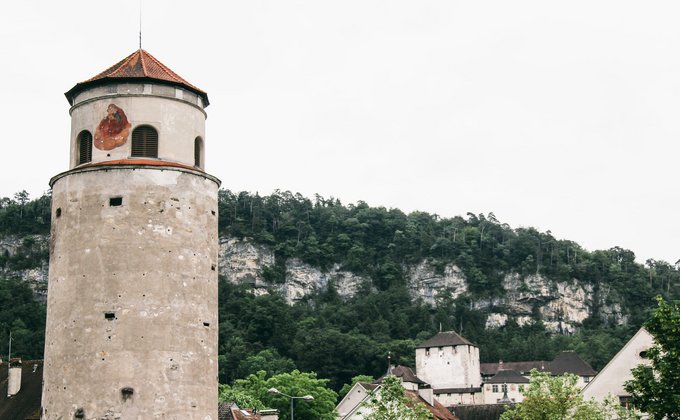
The Katzenturm is a defence tower built as part of the town wall in Feldkirch. The 8-storey round tower was built as part of the town fortifications during the reign of Emperor Maximilian I from 1491-1507.
The belfry for the large bell was built in the 17th century. The tower was decorated with a picture of the Virgin Mary, which was restored in the 19th century by the Vorarlberg painter Florus Scheel. The origin of the name Katzenturm has not yet been fully clarified. One theory is that the cannons of this original defence tower were equipped with cat heads as aiming devices and the so-called cats (cannons) were kept in the tower. The only thing that is certain is that it has nothing to do with our pet.
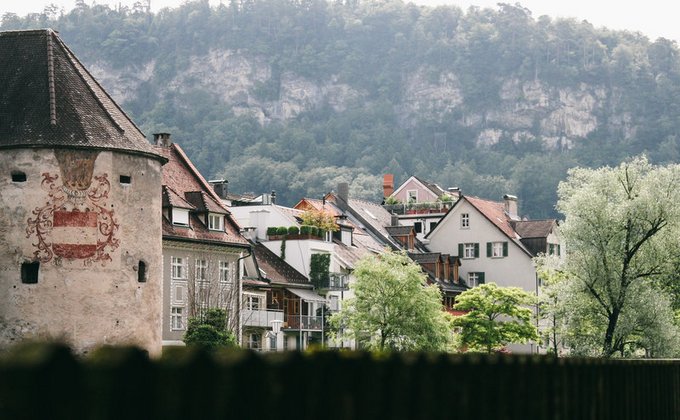
The Wasserturm was built before 1482 as part of the city wall and served to defend the city centre. At that time, there was also a passageway to the River Ill. This meant that the water of the Ill could be used and there are also reports that barges were used to navigate the lower Ill from here on a modest scale. On the west side of the tower is a fresco depicting an Austrian coat of arms with peacock feathers as a crest. The year 1518 symbolises the town's and its inhabitants' ties with Austria. Bullet marks bear witness to the fact that many a bold enemy has cut their teeth here.
A tower for clubs. For over 47 years - until the construction of their new home in Nofels - the Feldkirch scouts were housed in the Wasserturm. Since 1996, the Wasserturm has served as a clubhouse for the Großhammerzunft Feldkirch, the Feldkirch carnival guild Spältabürger and the Kontakt photo club. The guild fountain was erected on the square in front of it in 1999.
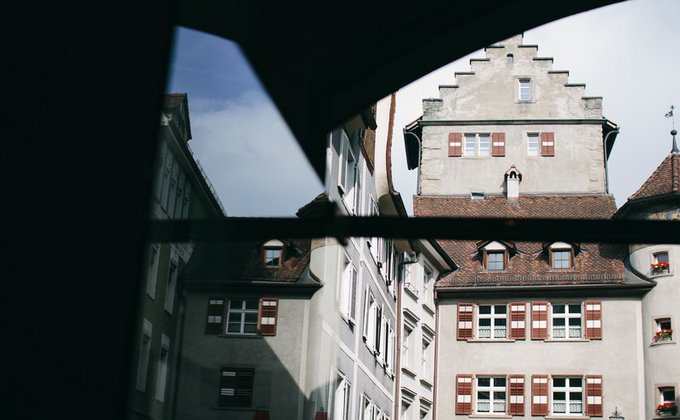
The Churer Tor or Salztor was the passageway to Switzerland, which was used for lively trade. Feldkirch's favourable location made the town a transshipment point for many goods, and a lot of salt was traded with the town of Chur in particular.
The Churer Tor was called Hewerstor until 1615, which may have been due to the Feldkirch family of the same name, but also to the Prince-Bishop of Chur, Heinrich IV von Hewen. The name Salztor was first used in 1618. This name comes from the neighbouring Salzstadel, where salt delivered from Tyrol was stored. The salt barn was demolished in 1908. The current name Churer Tor refers to the important trade route to Chur, which led through this gate over the Heiligkreuzbrücke bridge as the only crossing over the River Ill.
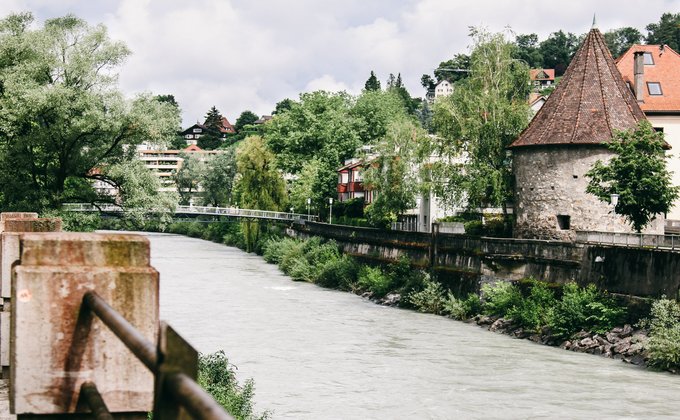
The Pulverturm was part of the southern city wall, near the Mühletor. It is the oldest of the four wall towers and was built in 1460. The building is a two-storey, three-quarter round tower under an octagonal tent roof. The lower storey was already equipped with funnelled slit embrasures at the end of the 15th century. The upper storey with wide rectangular funnel-shaped embrasures was added after 1500. As the name suggests, the powder tower was used to store gunpowder.
in 2024, the town of Feldkirch responded to the need for space for artistic creation and made rooms available in the Pulverturm. Pulverturm is now a dynamic centre for art and culture, where the ideas and creativity of local artists find a stage.
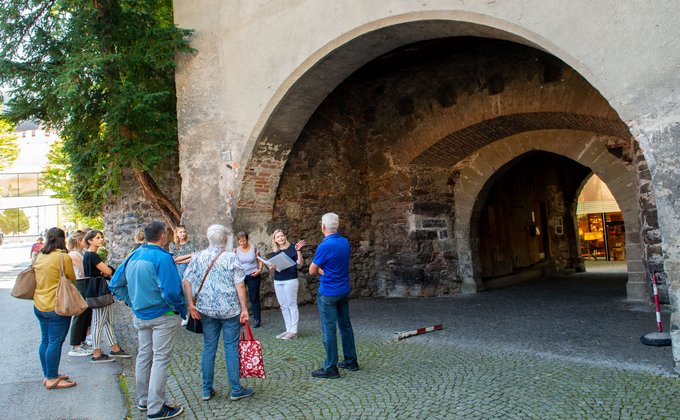
The Mühletor or Sautor at the south-eastern end of the suburb was built from the first half of the 15th century. The Mühletor, whose name derives from the neighbouring town mill, today's power station, was called St. Lenhartstor in the 16th and 17th centuries. This name referred to the St Leonhard's Church in front of the gate, which no longer exists today. in 1712 it is mentioned in documents as Mühletor, later also Sautor. This was probably derived from the pig market held in the immediate vicinity (also known colloquially as the ''Saumarkt'').
The city gates were closed during the night and only opened again at dawn. The guard at the Mühletor had to carry out the "salt manipulation", i.e. he had to control and record the salt transports coming from Hall. Only the Mühletor was allowed to be opened for salt transports arriving during the night.
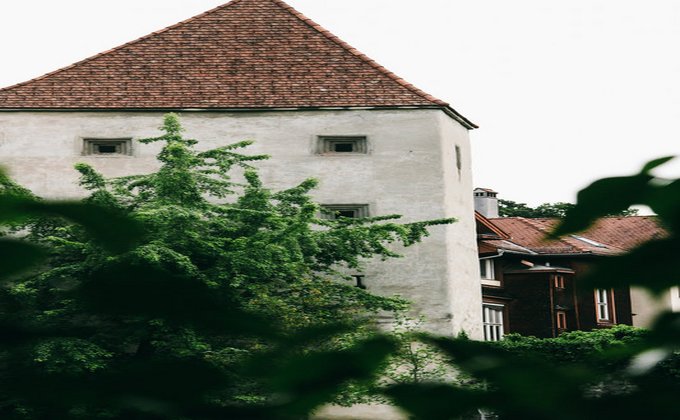
The so-called Diebsturm was built before 1500. It used to be called the tower in the suburb, the Hirschturm, the Pfauenschwanzturm or the Keckturm.
Until a few decades ago, the western city wall still led up to this corner tower, whose three storeys rise above an irregular, square ground plan. At times, the slender tower must have served as a sinister prison for thieves. According to Feldkirch's medieval town law, criminals and offenders were to be "burnt through the baggen or...cut off in the ain or around it" for petty theft. That's how draconian the punishments were back then.